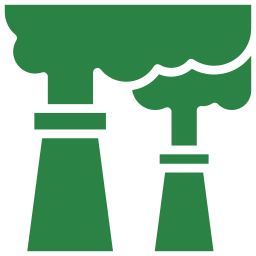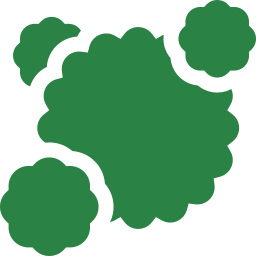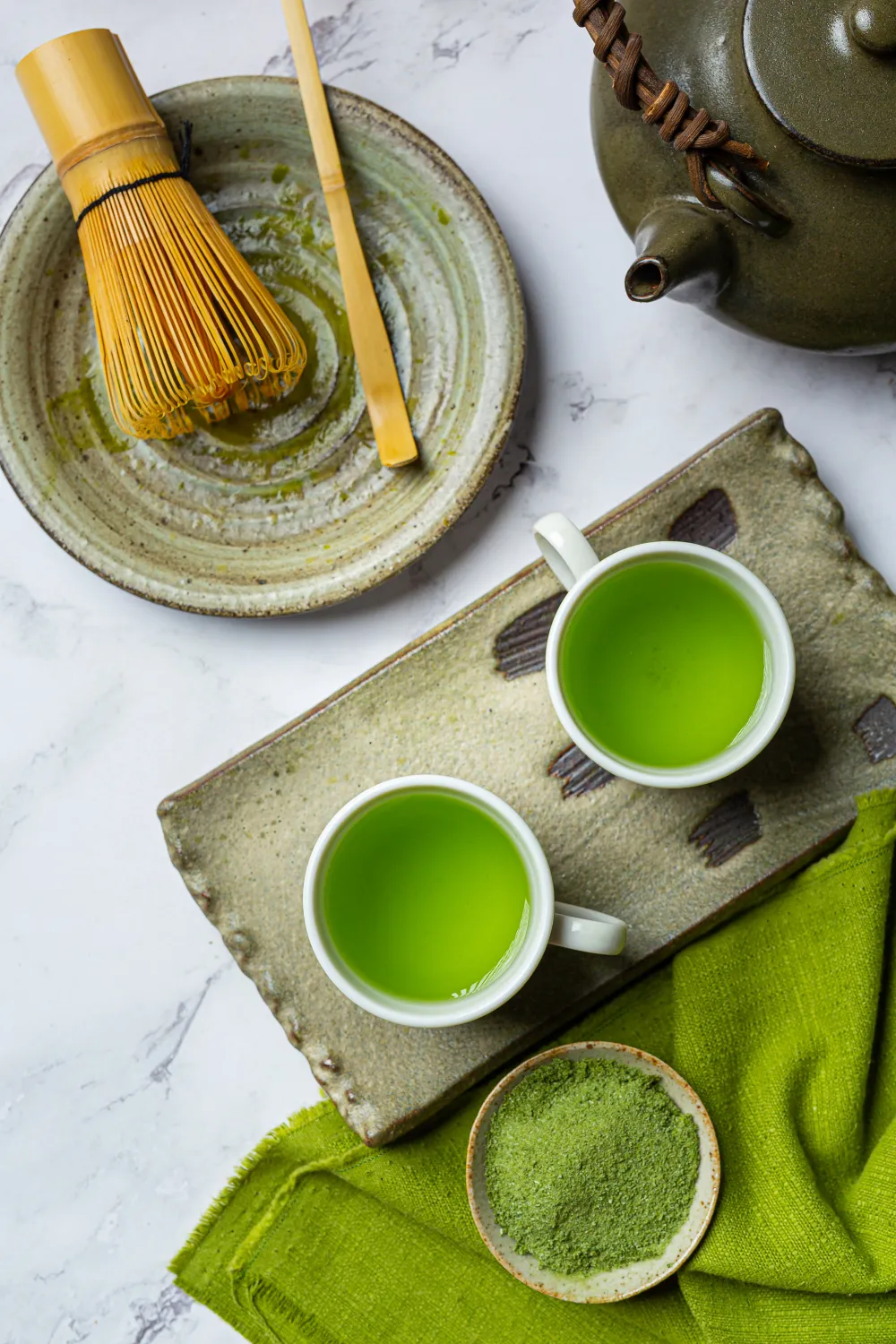Ayurvedic Treatment for Sinusitis
Sinusitis is swelling caused by the infection of the sinuses. It generally occurred due to bacterial (germ) infection. Sometimes, viruses and fungi cause it. People with weak immune systems are more affected by a bacterial or fungal sinus infections.
Sinusitis is an infection of the air cavities within the passages of the nose. It can be caused by infection, allergies, and chemical or particulate irritation of the sinuses.
The sinuses are four paired cavities in the head called as “Paranasal Sinuses”, which are connected by narrow passages. The sinuses make thin mucus that drains out of the passages of the nose. This drainage helps to keep the nose clean and free of bacteria. These cavities are located at:
- Within the bony structure of the cheeks
- Behind the forehead and eyebrows
- On either side of the bridge of the nose
- Behind the nose directly in front of the brain
Some people have physical body defects that lead to sinus infections. The most common of these defects are:
- Abnormality of the bony partition between the two nasal passages
- Nasal polyps – There is a growth in the nasal passage that contains mucus
- Narrow sinus openings
- People with these defects regularly suffer from chronic sinus infections.

Causes of Sinusitis
Sinusitis can occur from various factors, but every time, it results from fluid becoming trapped in the sinuses. This results in the growth of germs.

Viruses
In adults, most of the sinusitis cases result from a virus

Bacteria
In adults, out of 10 cases at least 1 case is caused by bacteria

Pollutants
Chemicals or irritants in the air can cause a build-up of mucus

Fungi
As in allergic fungal sinusitis (AFS), the sinuses either react to fungi in the air or they are invaded by fungi, as in chronic indolent sinusitis.
Symptoms for Sinusitis

Headache
Partially pressure or completely blocked sinuses.

Facial tenderness or swelling
When facial areas over sinus areas are touched.

Pressure or pain
Mucus pressing on sinus tissue or inflammation of sinuses.

Fever
Sinus infection.

Congestion
Nasal stuffiness, occurs with both infectious and non-infectious sinusitis.

Post nasal drip
Mucus overproduction from sinusitis that irritates throat tissue.

Cough
The body’s attempt to clear out throat tissue irritants.

Fatigue
Fever, immune response, and/or coughing

Bad breath
Due to bacterial infections

Itching/sneezing
In non-infectious sinusitis, other associated allergy symptoms of itching eyes and sneezing may be common.

Ulceration
Occurs with rare fungal infections with sharply defined edges and a black, necrotic centre in the nasal area.

Multiple chronic
Symptoms usually are a sign of subacute or chronic sinusitis.
Types of Sinusitis

Acute sinusitis
Acute sinusitis has the shortest duration which is due to a viral infection brought on by the common cold can cause symptoms that last for 1 or 2 weeks. Acute sinusitis can also occur due to Seasonal allergies.

Subacute sinusitis
Subacute sinusitis symptoms can last up to 3 months. This condition commonly causes with bacterial infections or seasonal allergies.

Chronic sinusitis
Chronic sinusitis occurs due to an infection, growths in the sinuses (nasal polyps) or swelling of the lining of your sinuses. The symptoms of Chronic sinusitis last for more than 3 months which are less severe. Bacterial infection can cause Chronic sinusitis.

Infected sinusitis
Generally, Infected sinusitis is caused by uncomplicated virus infection. Subacute and chronic forms of sinus infection are the cause of incomplete treatment of an acute sinus infection.

Non-infectious sinusitis
Non-infectious sinusitis occurs due to irritants and allergic conditions which has same timeline as for chronic, acute and subacute sinusitis.
Ayurvedic Treatment for Sinusitis and Its Ayurveda Procedure
The clinical features of sinusitis bear a resemblance with “Suryavarta” as described
in the Ayurvedic texts. According to Ayurveda, the main dosha involved is vata and kapha dosha.
The waste product is mixed with Shleshaka Kapha in the sinus area, causing an even more toxic, sticky mucus called Shleshma, when both sub-doshas are concurrently imbalanced.
Ayurvedic Treatment for Sinusitis
Ayurvedic Treatment for Sinusitis comprises softening and expelling aggravated doshas with the use of certain Ayurvedic herbs and diet as well as nasal therapies and applications.

Panchakarma treatement of Nasya
Nasya
Nasya therapy(Shiro virechana): Herbal powders, oils, and herbs are administered via the nostrils to stimulate the secretion of mucus and thereby dissolve and loosen mucus lodged in the nasal and sinus passages.
A vigorous head massage, and medicated steam inhalation is applied to the head and face prior to this treatment. It is often given before or after the main detox therapy.
Nasal Cleansing Exercise
Jalaneti is a more effective Yogic practice to cure headaches, coughs & colds, and sinusitis.
Yogasanas that are useful is Bhujangasana, Sarvangasana, Uttanasana, etc.
Step 1: To balance the Prana Vata and Shleshaka Kapha by following a Vata-Kapha pacifying diet. Eat foods that are not too hot, and also not too cold.
Step 2: Drink plenty of water mixed with spices, to purify the sinuses of toxins. Use Steam
Step 3: The body should be detoxified to re-establish a balanced environment in the sinus area.
Ayurvedic Medicines
One drop is a product made out of natural herbal extracts and is a result of over 110 years of intense research in Shathayu. Just a few drops are sufficient to decongest the nose & chest. Its penetrating vapors give you instant relief from headache and heaviness often caused by sinusitis, cold, and congestion
Lakshmi Vilas Ras – Helps to treat headaches, pain in the forehead, and nasal allergy can be relieved. It also helps to build up immunity if used for a long period.
Dhumapana with Haridra churnam
The nasal passage can be cleared and reduce the Kapha.
Nasal steam inhalation
One drop, a mixture of Camphor, Menthol, etc. steam should be inhaled twice daily. This will reduce congestion.
Transform Your Life with Holistic Wellness!
Explore our tailored programs that restore the balance in your body, mind, and soul. Start your journey towards rejuvenation and healing!
Disclaimer
All the Ayurveda treatments will be customized by Physician only after detailed consultation. Treatments may be changed based on the individual strength.
